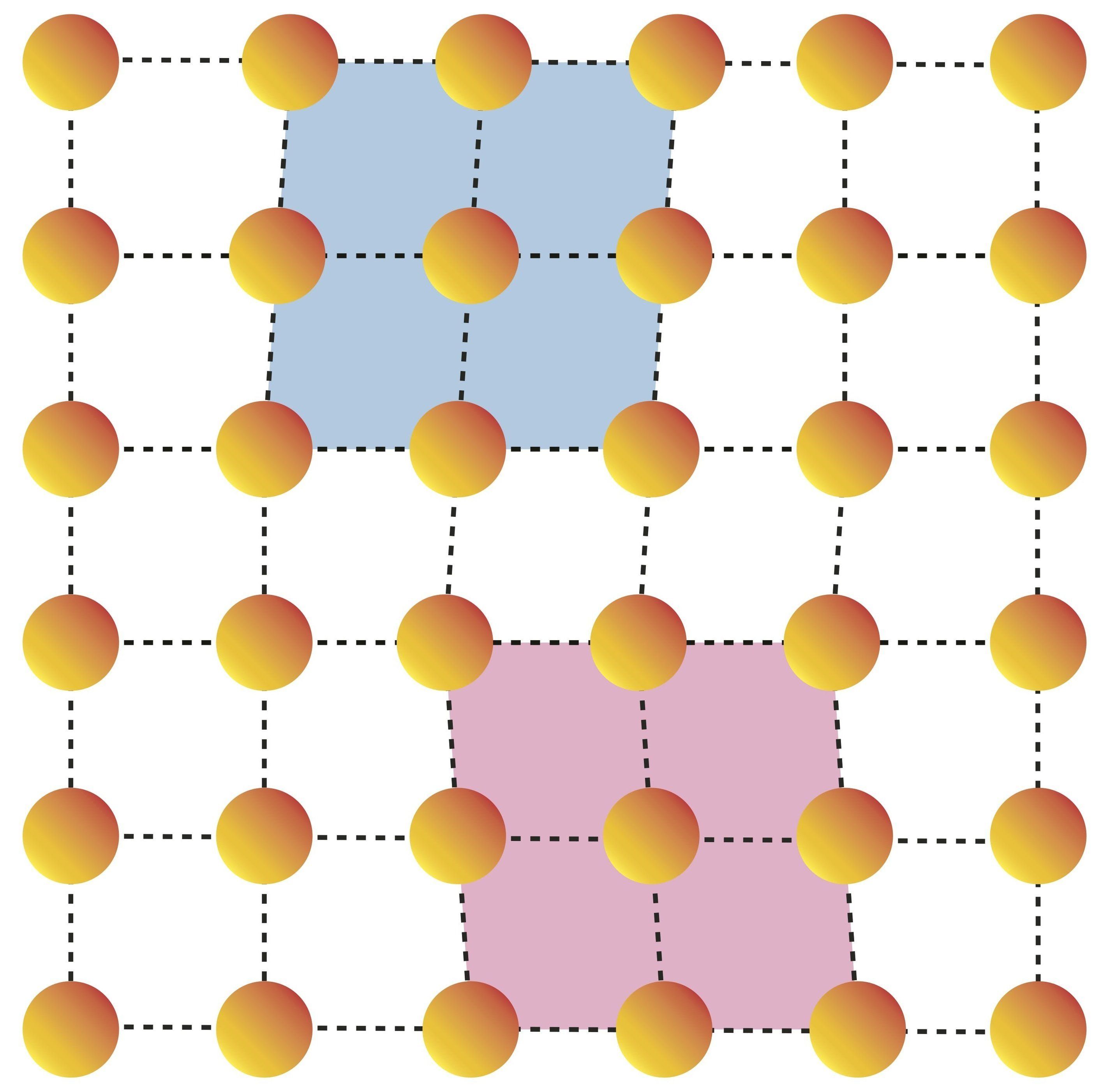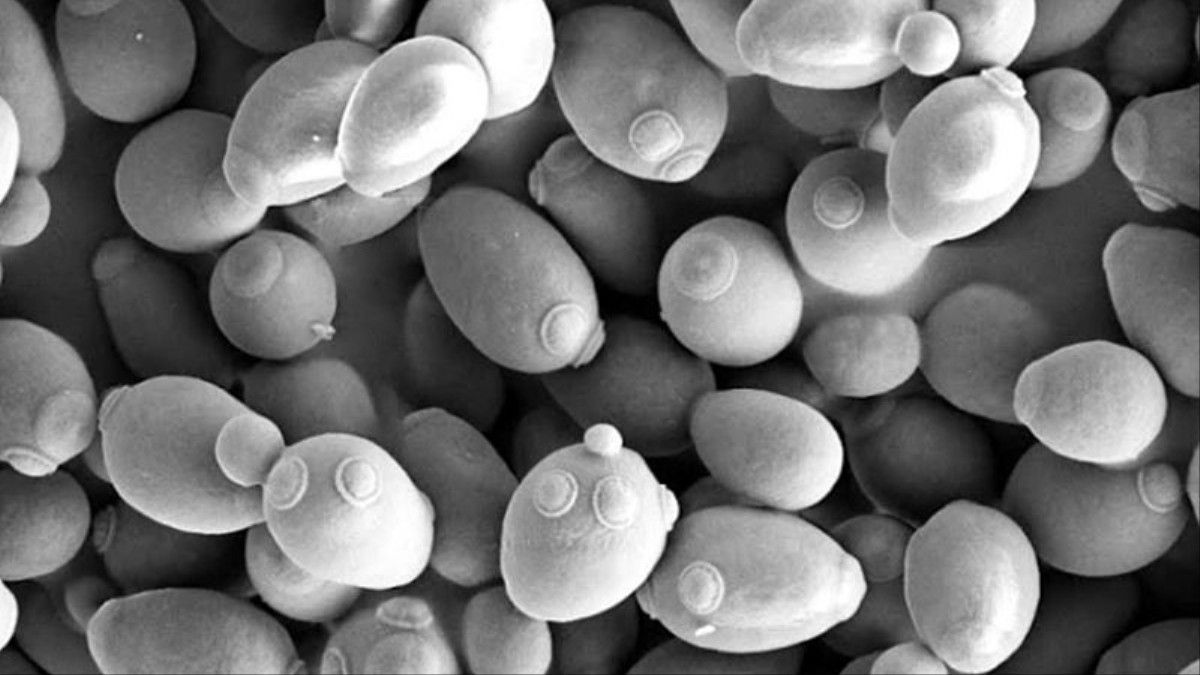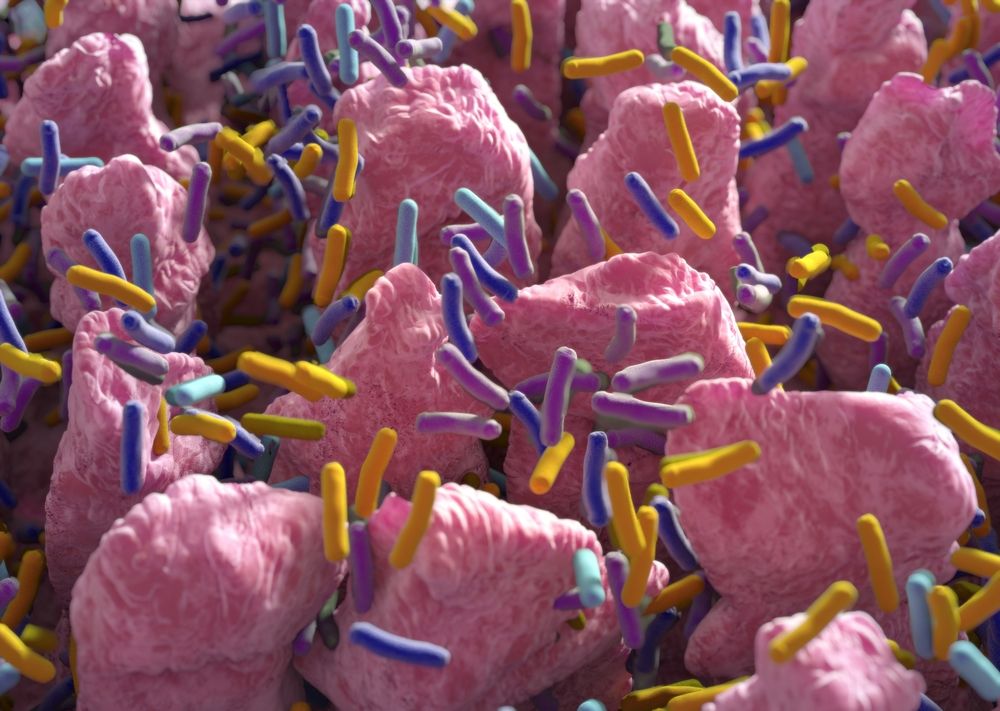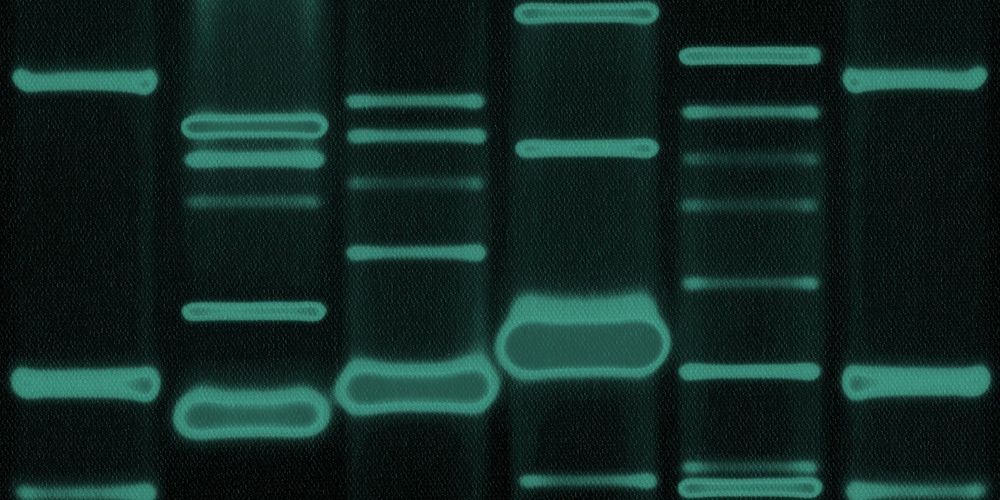The launch marks the first reuse of an improved Falcon 9 “Block 5,” which includes several upgrades designed to allow SpaceX to quickly refurbish and re-launch the rocket.




There’s a literal disturbance in the force that alters what physicists have long thought of as a characteristic of superconductivity, according to Rice University scientists.
Rice physicists Pengcheng Dai and Andriy Nevidomskyy and their colleagues used simulations and neutron scattering experiments that show the atomic structure of materials to reveal tiny distortions of the crystal lattice in a so-called iron pnictide compound of sodium, iron, nickel and arsenic.
These local distortions were observed among the otherwise symmetrical atomic order in the material at ultracold temperatures near the point of optimal superconductivity. They indicate researchers may have some wiggle room as they work to increase the temperature at which iron pnictides become superconductors.

The fusion of a sperm cell with an egg cell is the very first step in the process that leads to new individuals in sexually reproducing species. Fundamental as this process may be, scientists are only now beginning to understand the complexities of how it works.
In a paper published in PLOS Biology, researchers have described the detailed structure of proteins that enable sperm-egg fusion in two different species: a flowering plant and a protozoan. The researchers hope that revealing the process in these species and their relatives might bring scientists a step closer to understanding it across sexual species, including humans and other vertebrates.
“It’s surprising to me that we still don’t know how a human sperm fuses with a human egg,” said Mark Johnson, an associate professor of biology at Brown University and a study co-author. “One of the things we hope this paper will do is establish a structural signature for the proteins that make gamete fusion work in these species so that we might be able to look for it in species where those protein mechanisms are still unknown.”


This is not sustainable!
Every summer the U.S. Central Plains go dry, leading farmers to tap into groundwater to irrigate sorghum, soy, cotton, wheat and corn and maintain large herds of cattle and hogs. As the heat rises, anxious irrigators gather to discuss whether and how they should adopt more stringent conservation measures.
They know that if they do not conserve, the Ogallala Aquifer, the source of their prosperity, will go dry. The Ogallala, also known as the High Plains Aquifer, is one of the largest underground freshwater sources in the world. It underlies an estimated 174,000 square miles of the Central Plains and holds as much water as Lake Huron. It irrigates portions of eight states, from Wyoming, South Dakota and Nebraska in the north to Colorado, Kansas, Oklahoma, New Mexico and Texas in the south.
But the current drought plaguing the region is unusually strong and persistent, driving farmers to rely more on the aquifer and sharpening the debate over its future. A current assessment by the U.S. Drought Monitor, published by the University of Nebraska-Lincoln, the United States Department of Agriculture and the National Oceanic and Atmospheric Administration, shows large swaths of the southern plains experiencing drought ranging from “severe” to “exceptional.”

Loggers need to control their appetite for slow-growing trees to spare the Amazon rainforest from deforestation.
A new study by Ph.D. student J. Aaron Hogan points to changes in tree composition in a long-term study site in French Guiana to sound the alarm.
“We’re approaching a threshold where we’re forced to make some difficult decisions,” Hogan said. “Do we feed into demand for these tropical hardwoods? Or do we stick to our guns and say you can’t log any more until this stand is regenerated.”

Australia’s population clock is, according to the Australian Bureau of Statistics, steadily ticking away at an overall total population increase of one person every 1 minute and 23 seconds. It’s set to tick over to 25 million around 11pm tonight.
Many are debating what the ideal population is for a country like Australia. But because most of this population growth is concentrated in our big cities, perhaps we should be thinking less about that and more about the ideal size of a city. Historically, there have been many theories on what this would be.

Today, we wanted to draw your attention to a review of aging and the role that the gut microbiome plays in it.
There is an increasing amount of evidence for the contribution of microbial burden in the chronic, age-related background of inflammation known as “inflammaging”. There are a number of proposed sources of inflammaging, including senescent cells, immunosenescence, cell debris, and microbial burden.
We have delved into the topic of the gut microbiome in the past and its possible role as the origin point of inflammaging in a previous article, but we wanted to highlight this publication for people interested in reading further about this rapidly evolving area of aging research [1].
